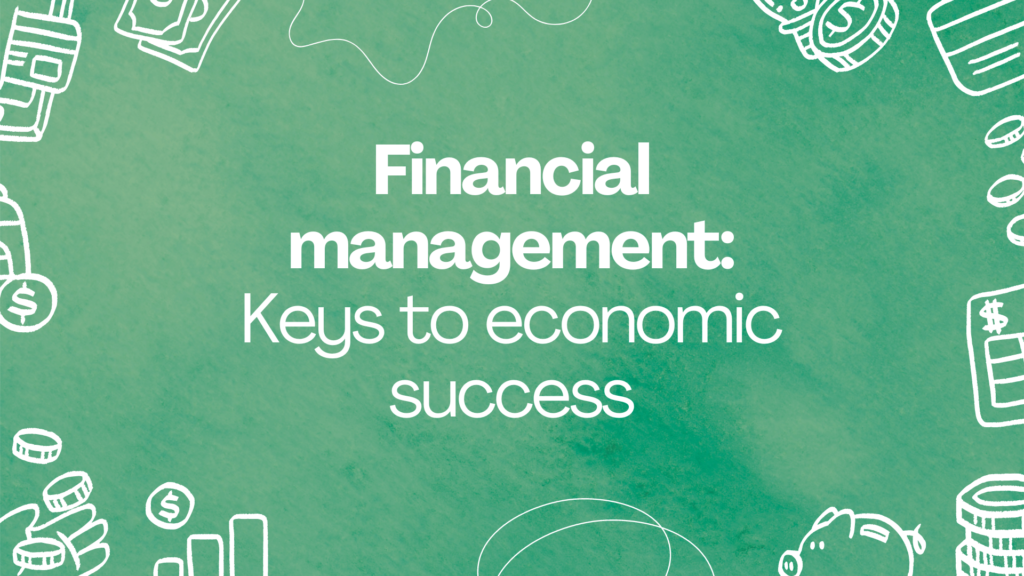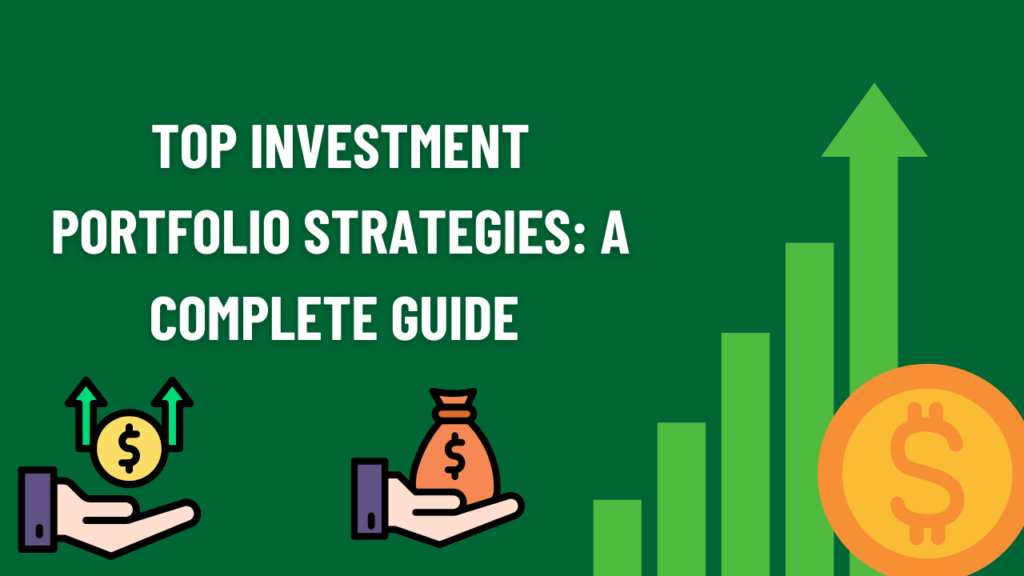To understand investing, we first need to grasp what it means to be a successful investor. Often, when we think of a successful investor, we imagine someone who has achieved great success in the stock market or is skilled in options trading. Some people excel as micro-cap investors. However, as I read in an article, for most millionaires in the U.S., their two biggest sources of wealth are their primary residence and long-term retirement accounts. This principle holds true in India as well.
What Does It Mean to Be a Successful Investor?
A successful investor is someone whose investment portfolio is strong and stable. Investing is not just about putting money in the stock market; it’s about crafting a long-term plan that grows your wealth over time. Whether you’re new to investing or experienced, it’s important to understand the principles and strategies that can help you along the way.
Investing Through ETFs (Exchange-Traded Funds)
Based on my experiences and studies, I’ve found that ETFs are a key tool for building an investment portfolio. ETFs are baskets of individual securities, providing built-in diversification. They come with low expense ratios and are passively managed, meaning investors don’t need to actively manage them. Additionally, ETFs offer transparency, allowing investors to see exactly where their money is invested.
In India, the ETF market has expanded significantly, and investors can build a complete portfolio using just ETFs. These can cover all market caps (large, mid, small companies), sectors (IT, pharma), factors (momentum, quality), commodities (gold, silver), and even government and corporate bonds.
Setting Investment Goals
Every investment journey starts with setting clear investment goals. This is the most crucial step, which many people overlook. Defining your goals can be simplified into three steps:
- Define Your Goals: First, decide why you’re saving money. It could be for retirement, emergencies, education, buying a house, or starting a business.
- Choose a Strategy Based on Your Goals: Each goal requires a different investment strategy. For example, preserving wealth for medical expenses requires a different strategy than growing wealth for retirement.
- Create an Investment Plan: Develop an investment process where you list your short-term and long-term goals, set timelines for each, and regularly assess how much you need to save and invest each year.

How to Build an Investment Portfolio
Building an investment portfolio is a planned process that considers your investment objectives, time horizon, and risk tolerance. First, it’s essential to define what you’re investing for—such as retirement, children’s education, or purchasing property.
Asset allocation is a critical aspect of portfolio building. This involves dividing your money among asset classes, such as stocks, bonds, real estate, gold, and cash. Higher-risk investments like stocks offer the potential for higher returns but come with greater volatility. On the other hand, safer assets like bonds and fixed deposits provide stability.
Diversification is also key, meaning you shouldn’t put all your money into one type of asset. Instead, spread your investments across different asset classes to reduce the risk of significant loss from any one investment.
Finally, regularly review your portfolio and adjust it to align with your evolving financial goals and market conditions. This ensures that your portfolio stays aligned with your long-term objectives while maximizing returns.
Asset Allocation Based on Risk
Asset allocation is a key process in building an investment portfolio. It depends on the investor’s risk tolerance and investment goals. Risk tolerance refers to how much risk an investor can handle and how easily they can manage market volatility.
Portfolios can be divided into three risk categories:
- High-Risk Portfolio: This is for investors seeking higher returns and who can handle market volatility. High-risk portfolios may include stocks, equity mutual funds, and even cryptocurrencies. These portfolios are suitable for long-term investments of 10-15 years or more.
- Medium-Risk Portfolio: This portfolio includes a mix of stocks and bonds and is ideal for those looking for balanced risk and return. It is suitable for a medium-term horizon of 5-10 years, providing both stability and growth potential.
- Low-Risk Portfolio: Low-risk portfolios are ideal for conservative investors who prioritize capital preservation. They include fixed deposits, government bonds, and debt mutual funds and are suitable for short-term goals or those nearing retirement.

The Safety Cushion Approach
According to this approach, you should have a minimum safety cushion to cover your essential needs. For example, investing Rs. 2-3 crore in safe investments can provide a good financial cushion for your future needs. You can invest the remaining amount in riskier assets to grow your wealth in the long term.
Core and Satellite Portfolio Strategy
Another important step in portfolio construction is adopting a core and satellite approach. The core portfolio consists of stable, long-term investments that offer broad diversification, usually with large-cap ETFs or mutual funds.
The satellite portfolio, on the other hand, is where you take on a little more risk. It includes small-cap stocks, sector-specific ETFs, or high-risk investments. The goal of the satellite portfolio is to capture additional growth opportunities while enhancing diversification.
Selecting Investment Instruments
Once the portfolio structure is set, the next step is selecting the right investment instruments. This decision is crucial as it determines how your portfolio performs over time. Many new investors are unsure which instruments to pick and why.
It’s essential to understand that selecting investments based solely on past performance isn’t always the best approach. Consider long-term strategy, expense ratio, risk level, and the role of each asset in your portfolio when choosing ETFs, mutual funds, bonds, or stocks. One effective method is using a “3×3” grid, dividing investments into three categories—large-cap, mid-cap, and small-cap—and three investment styles—growth, value, and momentum.
Regular Portfolio Assessment
Even after making your investments, it’s important to review your portfolio regularly. Financial markets and personal circumstances can change, so it’s crucial to ensure your portfolio aligns with your long-term goals.
During a review, evaluate which investments have performed well and which haven’t. If a particular investment isn’t meeting expectations, consider replacing it. Similarly, if your portfolio becomes overly concentrated in a single asset class, rebalancing is essential.
Discipline and Patience: The Keys to Success
Investment success doesn’t just depend on selecting the right assets—it also requires discipline and patience. When the market declines, many investors panic and sell their investments at a loss. It’s essential to accept market fluctuations and stick to a long-term perspective.
Conclusion
While there are no guarantees for success in the world of investing, the right strategy, discipline, and patience can bring you closer to your financial goals. By building a robust investment portfolio, setting clear investment objectives, and regularly reviewing your progress, you can achieve long-term financial stability and prosperity.
Investing through ETFs is an attractive option today, but it’s crucial to choose the right ETF for your specific needs. Portfolio construction is a blend of art and science, with the goal of not just making money but also creating a secure future that enhances every aspect of your life.
FAQ: How to Build a Successful Investment Portfolio
1. What is an investment portfolio?
An investment portfolio is a collection of various financial assets, such as stocks, bonds, ETFs (Exchange-Traded Funds), real estate, and other investments, designed to achieve specific financial goals. It reflects your risk tolerance, investment horizon, and financial objectives.
2. How do I start building my investment portfolio?
To start building an investment portfolio:
- Set financial goals: Identify why you’re investing (e.g., retirement, education, home).
- Assess your risk tolerance: Understand how much market volatility you can handle.
- Choose asset allocation: Spread investments across various assets (stocks, bonds, ETFs, etc.).
- Diversify: Ensure your portfolio includes different asset classes to reduce risk.
3. What are ETFs, and why should I invest in them?
ETFs (Exchange-Traded Funds) are investment funds that hold a diversified collection of assets like stocks or bonds. They are traded on stock exchanges and offer low-cost, passive investment opportunities. ETFs provide diversification, transparency, and ease of trading, making them an excellent choice for new and experienced investors alike.
4. What are the best investment portfolio strategies?
Some of the best investment portfolio strategies include:
- Core and Satellite Strategy: A stable core portfolio (large-cap ETFs or mutual funds) combined with satellite investments (small-cap, sector-specific ETFs).
- Asset Allocation: Balancing your portfolio among stocks, bonds, real estate, and other assets based on your risk tolerance.
- Diversification: Spreading your investments across multiple sectors and asset classes to mitigate risk.
- Rebalancing: Periodically adjusting your portfolio to maintain your desired risk levels and asset allocation.
5. How should I determine my asset allocation?
Asset allocation should be based on your:
- Investment goals (short-term vs. long-term).
- Risk tolerance (ability to handle market volatility).
- Time horizon (how long you plan to invest before you need the money). For example, younger investors might focus more on stocks for growth, while those closer to retirement might favor bonds for stability.
6. What does portfolio diversification mean, and why is it important?
Diversification means spreading your investments across different asset classes (e.g., stocks, bonds, real estate) and sectors (e.g., tech, healthcare). It’s important because it reduces risk; if one investment underperforms, others in different sectors or assets might perform well, balancing your portfolio’s returns.
7. How often should I review or rebalance my portfolio?
You should review your portfolio at least once or twice a year, or whenever there is a significant market event or change in your financial situation. Rebalancing is necessary when your asset allocation shifts too far from your original strategy due to market movements, ensuring you maintain your desired risk profile.
8. What is a “Core and Satellite” investment strategy?
The “Core and Satellite” strategy involves having a “core” portfolio made of diversified, stable assets like large-cap ETFs or index funds that provide steady growth. Around this core, you build a “satellite” of more targeted, higher-risk investments (like small-cap stocks or sector ETFs) to potentially boost returns.
9. What role do bonds play in an investment portfolio?
They are less volatile than stocks and often perform well when equities are down. Bonds are ideal for risk-averse investors or those approaching retirement who prioritize capital preservation over high returns.
10. How should I adjust my portfolio as I get closer to retirement?
As you near retirement, you should gradually shift your portfolio toward less risky investments, such as bonds or fixed-income securities, to protect your savings. This is called reducing risk exposure. You may still hold some stocks or growth-oriented assets for potential returns but focus more on stability and capital preservation.











